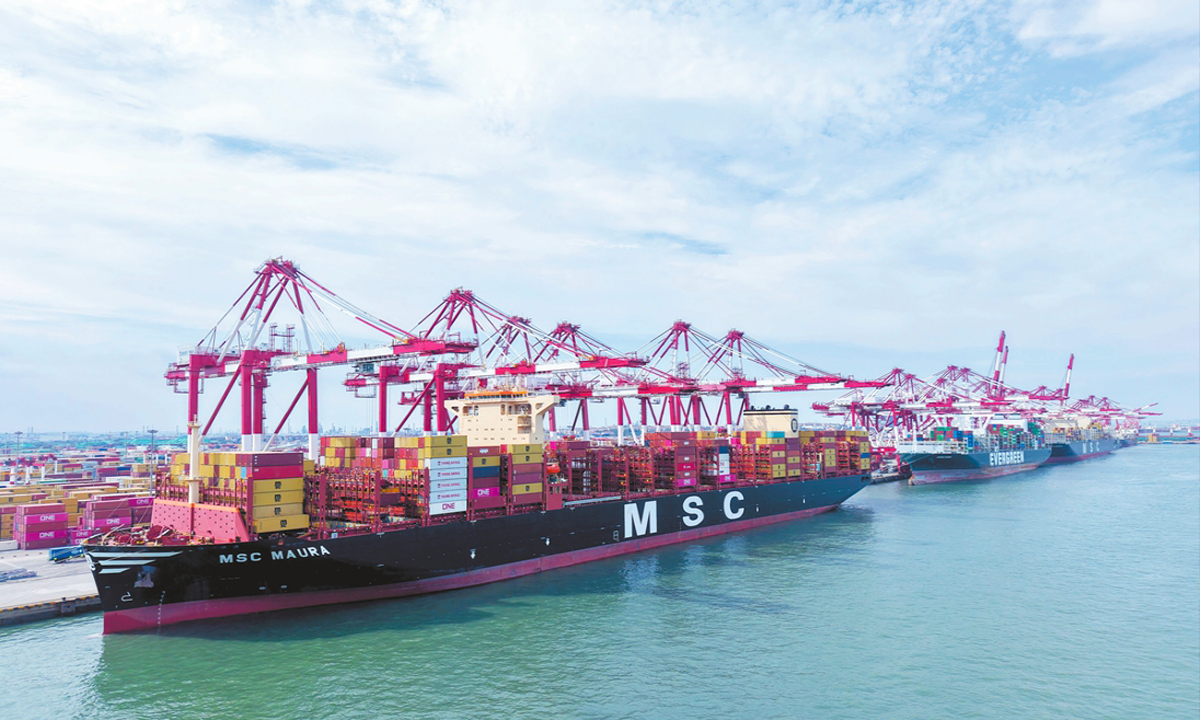Growth and Risk in the Battery Sector: Annual Report Insights

In the latest annual report, the performance metrics and strategic movement of a key player in the battery sector underline a significant evolution both operationally and financially. Amidst a global push toward sustainable energy solutions, the company's advancements in product offerings and expansion efforts reveal more than just corporate resilience; they illustrate a calculated response to an evolving market landscape. This commentary examines the implications of these developments, drawing parallels to historical trends while assessing potential risks and rewards.
The company's introduction of several innovative products, such as the second-generation ultra-fast charging battery and sodium-ion batteries for commercial vehicles, underscores a strategic shift toward enhancing its technology portfolio. Diversification in battery types not only caters to different market segments but also paves the way for long-term sustainability, especially in an era where electric vehicle (EV) adoption rates are escalating. Coupled with a substantial expansion of battery swapping stations—aimed at revolutionizing the infrastructure supporting EV usage—the company is positioning itself as a formidable leader in the energy transition. By the end of the year, with plans to expand to 1,000 stations, it demonstrates an ambitious goal set against a backdrop of a 7.27% year-over-year revenue growth, evidencing that consumer demand is on an upward trajectory.
However, amidst this growth narrative lie several risks that stakeholders must consider. The dependency on raw materials, particularly lithium, cannot be understated, especially as the company awaits renewal for its Yichun lithium mine license. The potential delays in approval could disrupt production lines and create bottlenecks in the supply chain, thus affecting the operational efficiency and liquidity evidenced by the strong operating cash flow of 58.7 billion yuan. Furthermore, fluctuations in lithium carbonate prices pose a substantial risk, despite the company’s strategic reserves and long-term procurement contracts aimed at stabilizing costs. As we reflect on the 2008 financial crisis, where supply chain mismanagement played a significant role in financial instability, one might ask—could a similar vulnerability undermine the current growth trajectory? Additionally, foreign exchange exposures tied to international operations present another layer of complexity, particularly as aggressive currency hedging strategies may not fully shield the company from volatility.
In conclusion, the annual report reveals a company operating with a dual focus on aggressive market expansion and innovative product development, alongside significant financial performance as highlighted by their gross margin increase to 25%. The path forward appears promising, yet it is laden with challenges that management must navigate prudently. As investors watch this unfolding narrative, the looming balance between seizing growth opportunities and mitigating risks related to supply chain dependencies and currency exposure is critical. The success of this endeavor will hinge not only on robust financial strategies but also on proactive risk management and sustained engagement with regulatory authorities. Will the company's leaders succeed in aligning their ambitious growth strategies with the evolving pressures of global supply chains and market fluctuations? Only time will tell.
Read These Next

Trump announces 15% tariffs in South Korea trade deal
President Trump has announced a trade deal with South Korea, setting new tariffs at 15%, down from the threatened 25%. The deal includes a $350 billion investment, aimed at boosting economic cooperation and industrial alignment, but also raises questions about the potential for unintended consequences and the differing interpretations between the U.S. and South Korea over the utilization of funds.

Can China and EU Collaboration Match Rapid AI Factory Growth
The EU plans €10 billion for 13 AI factories, boosting China-EU collaboration in tech sectors like green energy and healthcare.

Top Meeting Emphasizes Open Markets and Stable Trade
Chinese leaders stressed expanding opening-up and stabilizing trade at a meeting, aiming to boost confidence in the economy.
